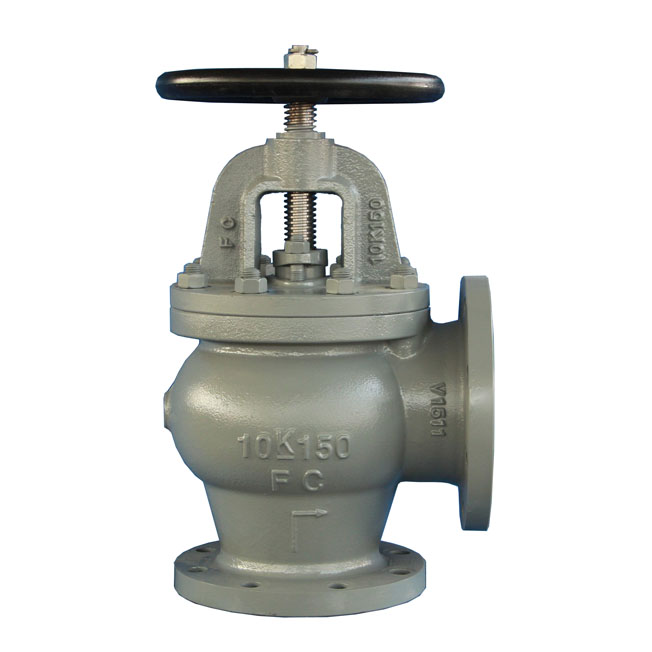|
The Importance of Regular Inspection and Maintenance of Marine ValvesValves are integral components in marine systems, responsible for controlling the flow of liquids and gases. Their reliability directly impacts the safety and efficiency of vessels. Regular inspection and maintenance of these valves are crucial to ensure their optimal performance and longevity. This article delves into the significance of these practices, emphasizing the benefits, methods, and industry standards involved.
One cannot overstate the importance of regular inspections and maintenance of marine valves. These procedures ensure that valves operate reliably and safely, preventing potential failures that could lead to catastrophic consequences at sea. Routine inspections help identify wear and tear, corrosion, or other issues before they escalate into major problems. Timely maintenance not only enhances the lifespan of valves but also guarantees the smooth operation of the entire marine system. The benefits of regular inspection and maintenance extend beyond mere operational efficiency. They play a critical role in safeguarding the environment by preventing oil spills and other forms of marine pollution. Properly maintained valves are less likely to fail, reducing the risk of hazardous substances being released into the ocean. This is particularly vital in the context of environmental regulations and the growing emphasis on sustainable practices in the maritime industry. Moreover, regular maintenance contributes to significant cost savings. Preventative maintenance is far more economical than reactive repairs or replacements. By addressing minor issues during routine inspections, costly downtime can be avoided, and the overall lifecycle costs of the valves can be significantly reduced. This financial prudence underscores the importance of incorporating rigorous maintenance schedules into the operational protocols of marine vessels. The process of inspecting and maintaining marine valves involves several key steps. Visual inspections are the initial step, allowing for the identification of any obvious signs of wear, corrosion, or damage. More detailed examinations may involve the use of advanced techniques such as ultrasonic testing, dye penetrant inspection, or radiography to detect internal flaws or hidden defects. Regular lubrication, cleaning, and adjustment of valve components are essential to ensure their smooth functioning. In cases where valves are exposed to harsh conditions, such as high salinity or extreme temperatures, specialized materials and coatings may be necessary to enhance durability. Industry standards and guidelines further emphasize the necessity of regular inspection and maintenance. Classification societies such as the American Bureau of Shipping (ABS), the Norwegian Maritime Authority (NMA), and the British Maritime Technology Directorate (BMTD) provide comprehensive standards and recommendations for the maintenance of marine valves. Adherence to these guidelines ensures that vessels comply with international regulations and maintain high safety standards. In conclusion, the importance of regular inspection and maintenance of marine valves cannot be overstated. These practices are fundamental to ensuring the reliable operation of marine systems, protecting the environment, saving costs, and complying with industry standards. Neglecting these procedures can lead to severe consequences, including equipment failure, environmental damage, and financial losses. Therefore, it is imperative for vessel operators to prioritize the inspection and maintenance of valves as a critical aspect of their overall maintenance strategy. By doing so, they can ensure the safe, efficient, and sustainable operation of their vessels. |

